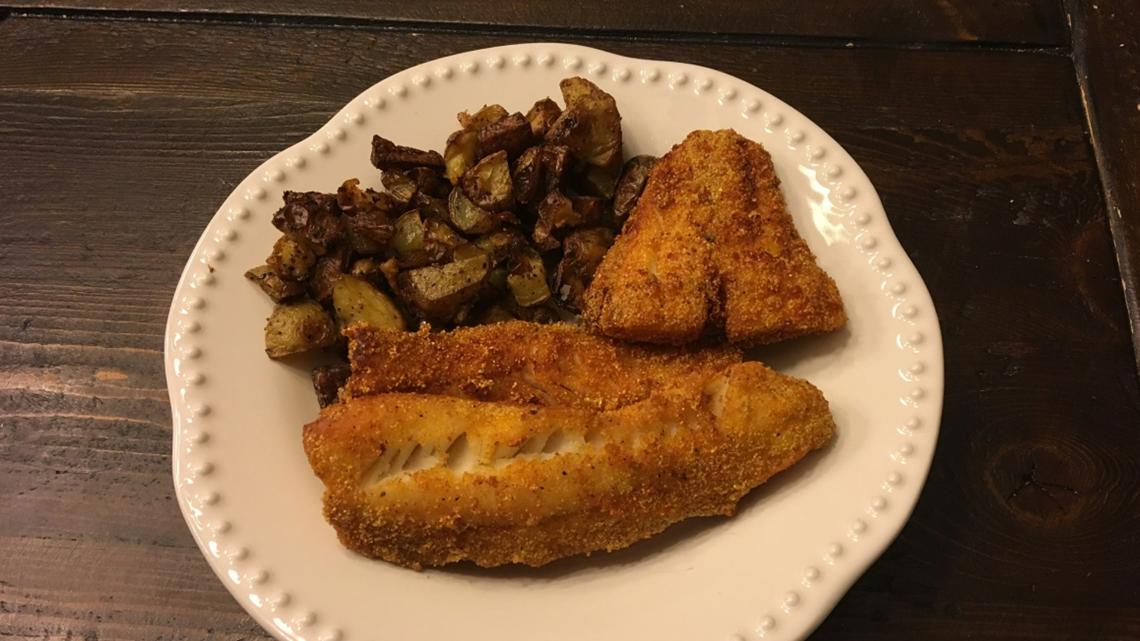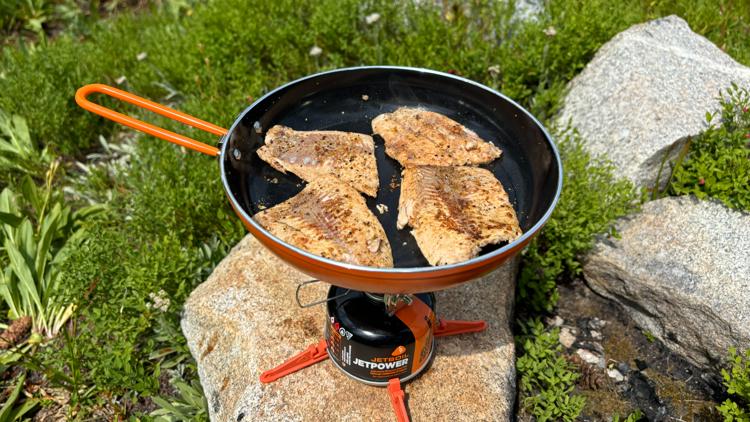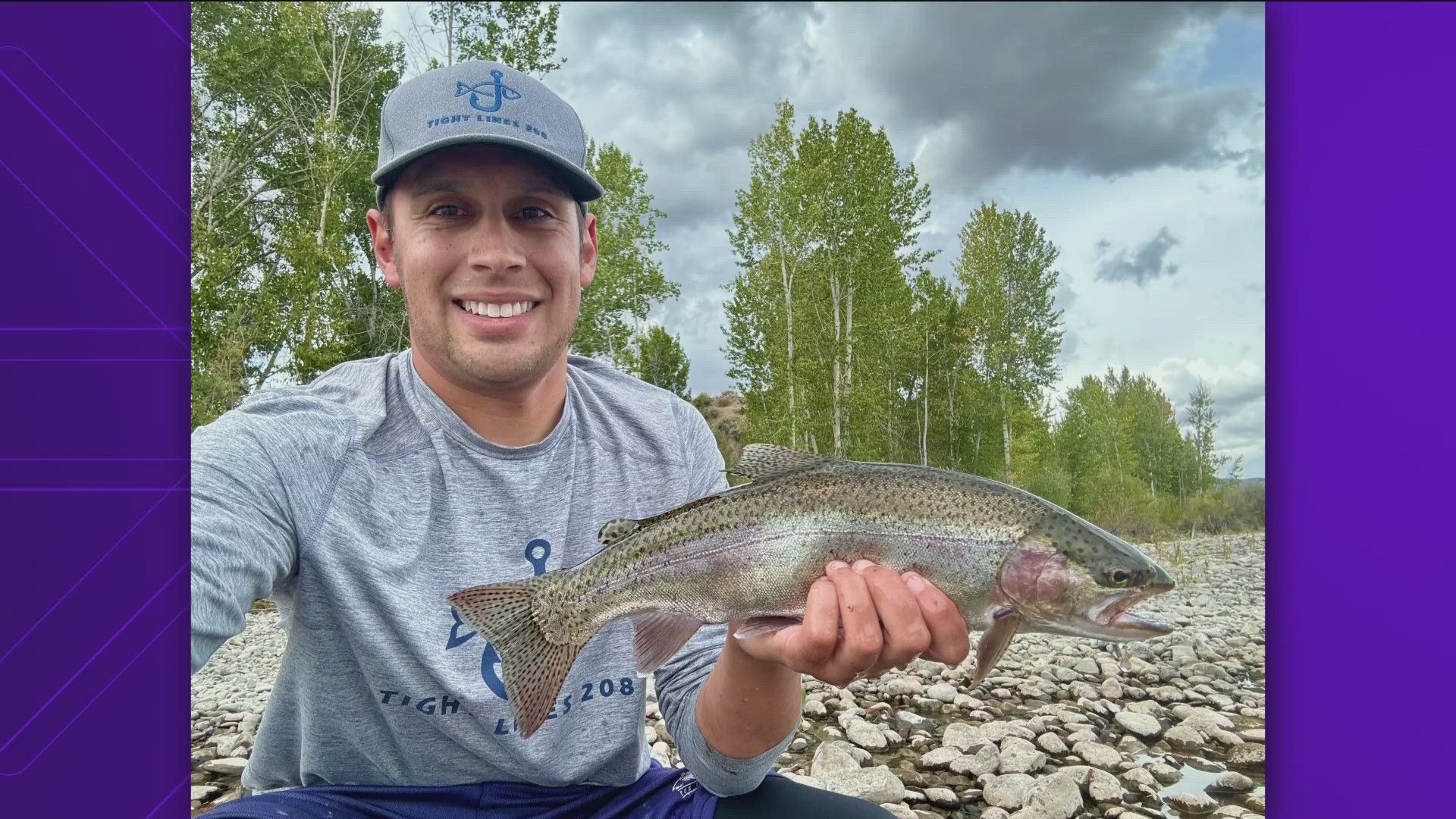BOISE, Idaho — Tight Lines 208 is dedicated to helping people become better anglers through education. The Tackle Tip is designed to give readers a crash course on a specific lure or gear item. Want to see a topic covered? Email tightlinesboise@gmail.com with your suggestion!
A good fillet knife—and knowing how to use it—is a tool every angler should have in their tackle box. I release most of the fish I catch, but there’s nothing as rewarding as selectively harvesting a few trout, crappie or perch for a fresh, delicious meal.
If you enjoy cooking some of your catch, learning how to fillet is a game-changer. Cleaning fish by removing the guts is great for camping (add some spices, wrap in tinfoil, throw in the fire, and BOOM—instant dinner!), but it limits your options in the kitchen. A good fillet job removes most—or even all—the bones, giving you perfect pieces of fish that can be fried, seared, grilled, smoked or blackened.


If you’re looking to add filleting to your arsenal of fishing skills, here’s a quick checklist:
- Buy a proper fillet knife. It doesn’t have to be expensive, but filleting should be done with a sharp, flexible blade. No matter how much you spend, it is critical to keep your knife sharp! My favorite model is a Knives of Alaska Steelheader, which retails for $90.
- Speaking of sharp, keep safety top of mind when you fillet. Cut away from your body and watch your fingers. It’s also important to ensure your fish are dead before you start filleting. Cutting a live fish is inhumane, and a thrashing fish and a sharp knife are a dangerous combo.
- Think of your task as cutting the sides off of the fish’s skeleton. The flexibility of a good fillet knife allows you to cut around the rib cage and remove all but the small pin bones. These can be ignored on smaller specimens or removed using an extra cut (or pliers, on large fish).
- Once you’ve removed the bones and skin, your fillets are ready for the kitchen. At my house, the most popular recipes include fried, beer-battered crappie and perch; trout pan-seared on the stovetop; and Kokanee salmon smoked in a brown sugar brine. The possibilities are endless!
Looking to sharpen your fillet skills and have fun doing it? Check out my upcoming class, Fillet & Fry, happening Tuesday, Oct. 29 at Idaho Rod & Reel tackle shop. Participants will learn a useful skill, get hands-on practice filleting their own fish, enjoy a fresh-cooked fish dinner, and go home with a brand-new fillet knife! For details and registration, visit www.tightlines208.com.
Tight lines!
Jordan Rodriguez has been fishing Idaho waters for 25 years. Share your fish stories, adventures and questions with him at tightlinesboise@gmail.com, or visit www.tightlines208.com for the latest local fishing reports and upcoming class offerings.




